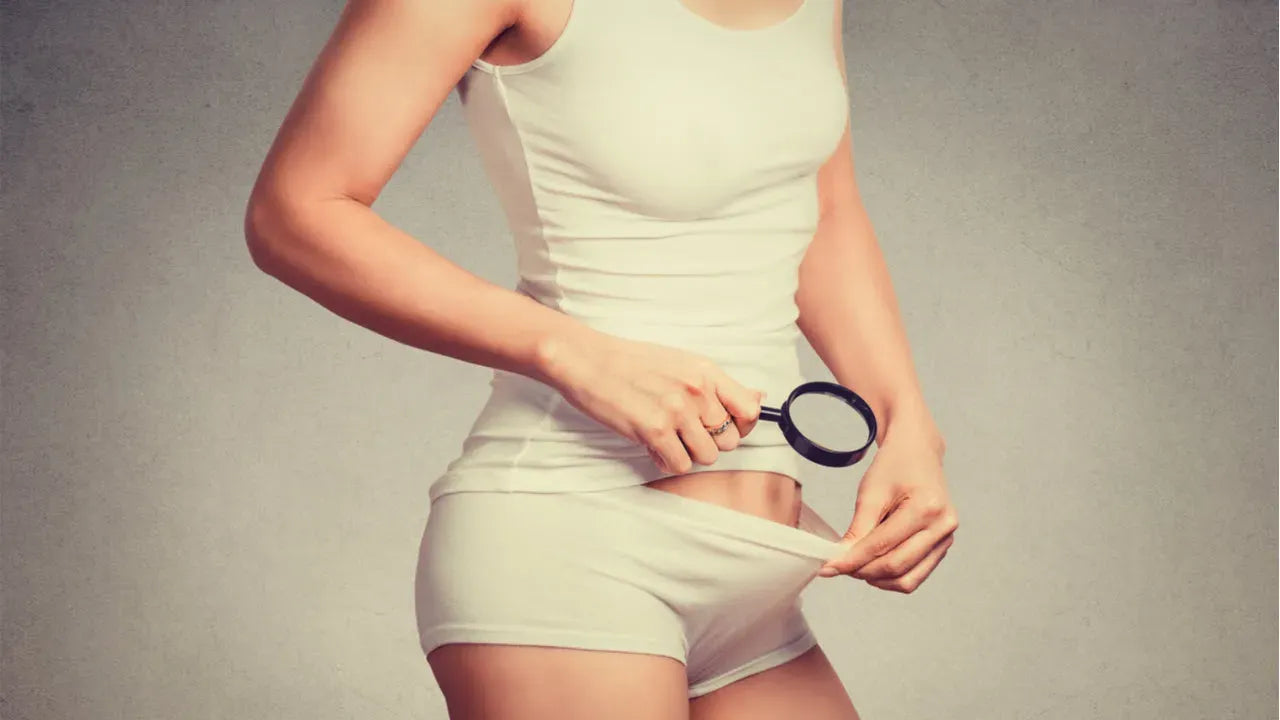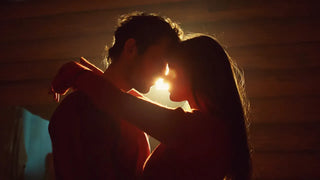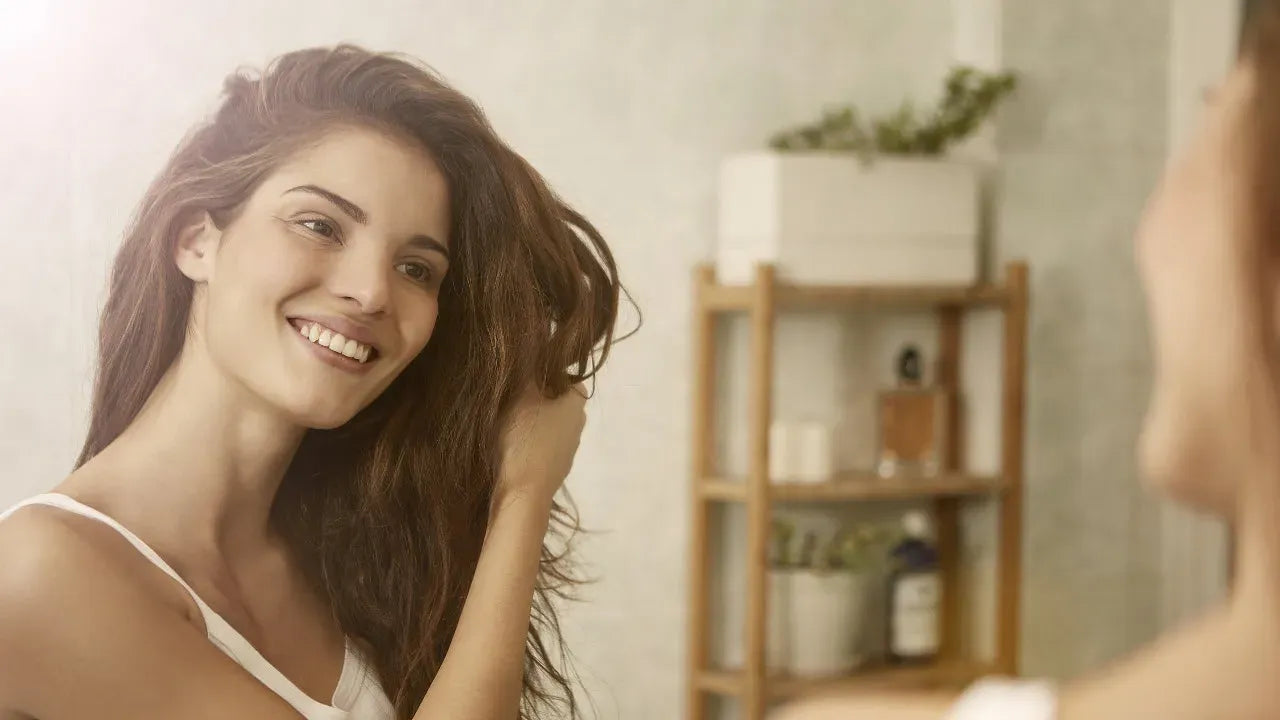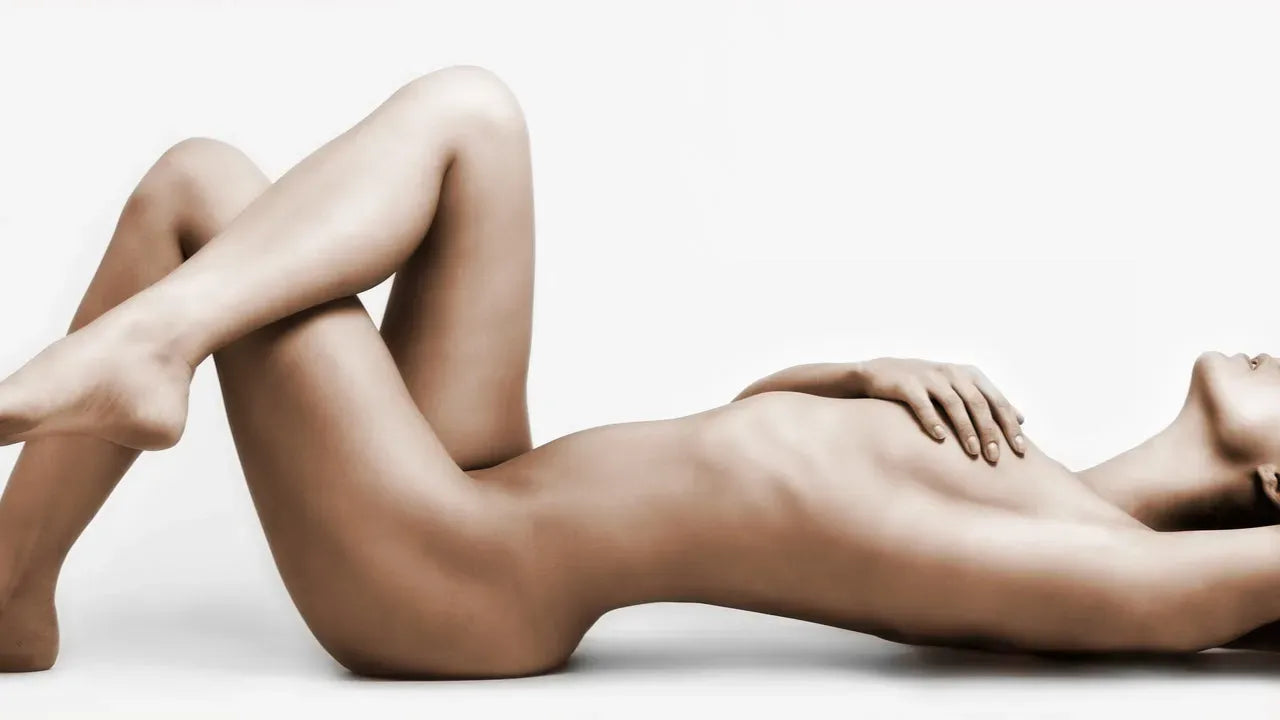
What the vulva is— and what it is not
Vulvas are many things, but they are not your vagina. Here’s all there is to know (and love) about your second pair of lips.
They say she goes by many names— flower, pussy, cooch (or coochie), cupcake, cherry, oyster, purse, private parts, lady bits… and last but not least, the vagina.
One thing’s for sure, ladies: If you’re talking about what can be found between your legs, that’s certainly not your vagina. That’s your vulva.
Why does it matter so much what we call our own genitals? At first glance, it doesn’t seem worth our time to pick apart the terms. Correcting this misuse would even mean putting to rest fun nicknames like “vag” or “vajayjay.” And sadly, the art installation entitled The Great Wall of Vagina won’t sound so witty anymore.
Still, there’s a lot of value in telling it like it is underneath your panties. Getting to know your own vulva is the best way to uncover the truths of female sexual pleasure and well-being, after all.
No man’s land
How did we even end up confusing the vulva for our vagina in the first place?
To set things straight, the vulva is the visible part of the female genitalia. In other words, the whole shebang. The vagina (or at least its opening) is just a small part of that— it’s mostly hidden from view as the stretchy, muscular canal that leads to your cervix and uterus.
The word vulva came from the Latin word for “wrapper,” as in the womb that wraps around the embryo or fetus. We no longer use that definition today.
That’s probably not what your parents taught you when you were younger. Chances are, you were raised to think that the man’s penis and the woman’s vagina go together like longganisa and eggs. It doesn’t help that grade school science textbooks only discuss female sex organs in terms of reproduction and childbirth, where the vagina plays a big role. Just like that, the pleasure-seeking vulva is thrown out of the picture entirely.
And so you end up using the vagina to refer to pretty much everything going on “down there.” The rest is no man’s land, lost to fear and uncertainty.
Harriet Lerner, an American psychologist and feminist, expressed her concern about our difficulty in naming our own genitals. According to her, there are terrible consequences to mislabelling the vulva, since it’s effectively a denial of female sexuality and agency. She calls this the "psychic genital mutilation."
“Language can be as powerful and swift as the surgeon's knife,” Lerner earnestly wrote. “What is not named does not exist.”
Around these parts
But the female vulva does exist. It’s composed of several parts, and all of them are worthy of being named and described.
First, there’s the clitoris. Or more accurately, the glans or head of your clitoris. It’s much bigger than you think— it’s like the male penis, only extending 4 inches (10 cm) into our pelvis. And the best part? It’s the only one that exists solely for our sexual pleasure.
Then you have the labia or lips, the folds of skin that surround your vaginal opening and swell when they’re aroused. There are two layers: the labia majora (outer lips) and the labia minora (inner lips). There are women with larger outer lips than inner lips, and vice versa. Those lips don’t lie for sure!
The color of your labia can vary from pale pink to brownish black, and it can even darken once blood rushes to it while you’re turned on.
Your urethral opening is found just below your clit, and it’s where your urine is released. Below that, in turn, is the vaginal opening, from where menstrual blood or babies leave your body… and where your fingers, partner’s penis, or sex toys come in.
Finally, there’s the mons pubis, and as its name suggests, it’s the fleshy mound that cushions your pubic bone. To shave or not to shave the pubes? That’s entirely up to you, not your partner or other people you know.
All that being said, what should a “normal” vulva look like? The truth is, vulvas come in all shapes, sizes, or even shades. Some are symmetrical, while others are lopsided. And that’s perfectly alright. They’re just like women’s faces, each one with distinct features that make her worthy of appreciation.
Paying lip service
Even though there’s no such thing as a “perfect” vulva, a lot of women are made to feel ashamed of what theirs naturally looks like.
In a survey by Refinery29, half of the respondents (48%) admitted that they were concerned about their vulva’s appearance. Most of these women felt anxious about its size (64%), shape (60%), and color (30%). Their issues on body image stem from unrealistic expectations about the vulva in popular media.
No wonder many of them turn to labiaplasty, a surgery that alters the appearance of the vulva by reducing the length of the labia— all for the sake of getting a “designer vagina” (again with the misnomer). There’s been a surge of women going under the knife for it, alarmingly even among minors. As a result, labiaplasty has emerged as one of the fastest-growing types of cosmetic surgery in the world.
Then there’s also vaginal bleaching, which promises to make your vulva (not your vagina) more youthful and attractive by brightening it to match the rest of your skin. It’s a laundry list of lasers, peels, creams, serums, and other products that cannot be taken lightly. Women run the risk of side effects like infection or scarring.
This trend inspired illustrator and painter Hilde Atalanta to create what is now known as The Vulva Gallery, an online exhibit and educational platform that empowers women to share their stories and celebrate the diversity of the vulva.
Atalanta crafts each vulva portrait by hand before posting them on Instagram along with an inspiring message or a helpful tidbit about the lady bits.
What can you gain from starting a conversation about the female vulva?
- Instead of being an object of shame, the vulva becomes a subject of beauty in the midst of diversity. You’ll realize that vulvas vary in size, shape, color, pubic hair, or even skin conditions— making yours one of a kind.
- It promotes a positive language around female sexuality. By calling it what it is, you’re able to reclaim your own vulva from centuries of shame, censorship, and erasure.
- By normalizing this topic, you can educate yourself about your own anatomy and debunk myths that persist due to lack of knowledge.
- An improved genital self-image also contributes to overall body satisfaction, which brings about higher sexual function and better mental health.
Viva la vulva
It’s tough at times to cultivate a more positive attitude towards our vulva. After all, the societal myths and harmful prejudice contribute to a misguided perception that it’s a gross and ugly place. These ideas can be perpetuated for years before we even commit to unlearn them.
Where, then, can you begin to celebrate the vulva that’s uniquely ours? Here are a few ideas for livin’ la vida labia:
- Get her name right. Call a vulva a vulva, not a vagina. By doing so, you’ll be asserting that your genitals have a right to pleasure. The world is your oyster!
- Go downtown. You know where to find her, so why not pay her a visit? Take a handheld mirror and observe your own vulva with curiosity and awe.
- Play your part. Give your vulva a lot of love by stroking not just your clit but also your labia. Got some sex toys? Your coochie will be thrilled to play with them too!
- Put it mildly. Be gentle with your little purse. Many chemical substances and additives can irritate your vulva, so as a rule of thumb, just stay away from strong alcohol and fragrances.
Our vulvas are many things: They’re the visible part of our genitalia, the key to female sexual pleasure, the whole shebang. Pussy, coochie, or naughty bits— call her what you want. Just don’t call her your vagina. Your vulva is far more than that.
Frequently Asked Questions (FAQs)
WHAT IS THE VULVA AND WHERE CAN I FIND MINE?
The vulva is the visible part of the female genitals. You might know it better as your “pussy,” “flower,” or “coochie,” but really, it’s about time you call it by its real name. Find it right between your legs, then let your partner, fingers, or sex toys go downtown for your sexual pleasure!
WHAT DOES THE “NORMAL” VULVA LOOK LIKE?
You don’t have to feel as if your vulva is supposed to look like what you see in porn or other popular media. Vulvas come in all shapes, sizes, and even shades. Whatever yours looks like, it’s uniquely beautiful and always deserving of appreciation.
WHAT ARE THE PARTS OF THE VULVA?
First of all, you’d be finding the tip or head of the clitoris, which is your main sexual organ. Below it lies the labia, the folds of skin that surround the vaginal opening. If you’re feeling more adventurous, enter the backdoor through the anus to sexually stimulate its nerve endings too.
IS MY VULVA THE SAME AS MY VAGINA?
No. It’s easy to confuse the two since a lot of people say “vagina” when they mean “vulva,” but the vagina isn’t really the outside part of your naughty bits. It’s actually the muscular tube inside that leads to your cervix and uterus.
DO I NEED TO SHAVE MY PUBIC HAIR BEFORE HAVING SEX?
That’s entirely up to you! Shaving down there is a matter of personal preference, not based on what your partner or other people think. You don’t have to remove your pubes if you don’t want to. But when you do, always use an anti-irritation spray afterward.
WHAT IS A LABIAPLASTY AND WHEN IS IT NECESSARY?
Labiaplasty refers to the plastic surgery of the inner labia to make the vaginal opening look “narrower” or “tighter.” It tends to promote society’s image of a perfect vulva, but apart from rare medical reasons, there’s no need to think there’s something wrong with how our own vulva naturally looks like.
HOW ABOUT VAGINAL BLEACHING? DO I NEED IT TOO?
Vaginal bleaching promises to make your vulva more youthful and attractive by brightening it to match the rest of your skin. It’s a laundry list of lasers, peels, creams, serums, and other products that cannot be taken lightly. But it’s definitely not advisable; women run the risk of side effects like infection or scarring.
SHOULD I BE USING THE WORD “VULVA” MORE OFTEN?
Better not beat around the bush! Let’s call a vulva a vulva, not a vagina. Calling our genitals by name is one simple way of acknowledging that our sexual needs exist as an innate part of our identity. Why not start from there?
Female Sexuality GET STARTED HERE
Female Orgasm GET STARTED HERE
Sex Education GET STARTED HERE

Get your sex toy in 3 easy steps

STEP 1
Navigate to SHOP NOTI and select your preferred sex toy

STEP 2
Add the item to the cart and proceed to checkout

STEP 3
Feel confident and experience guilt-free orgasms





















